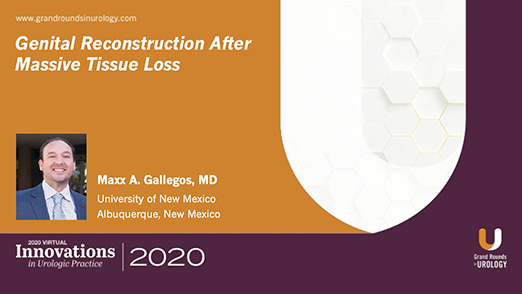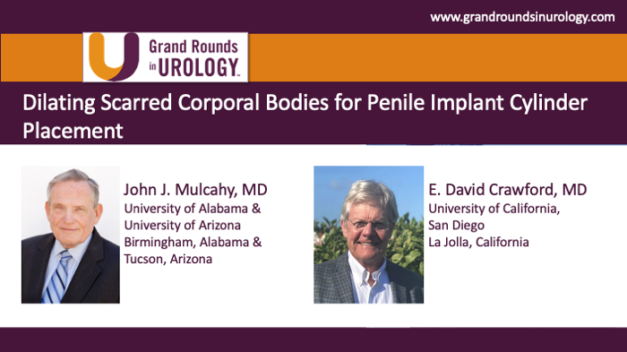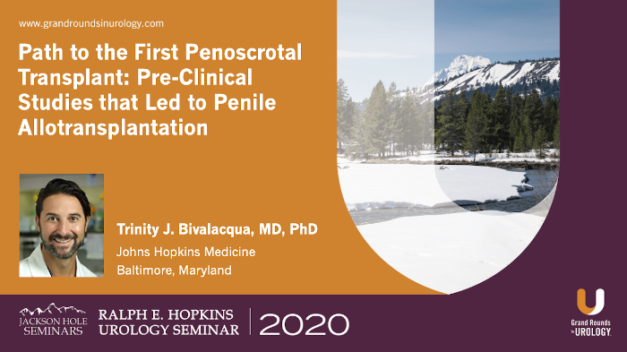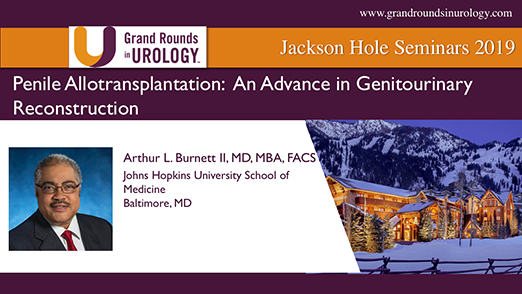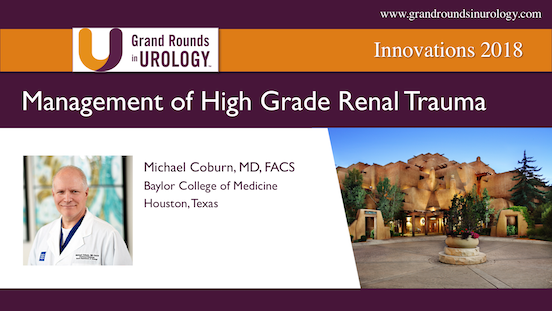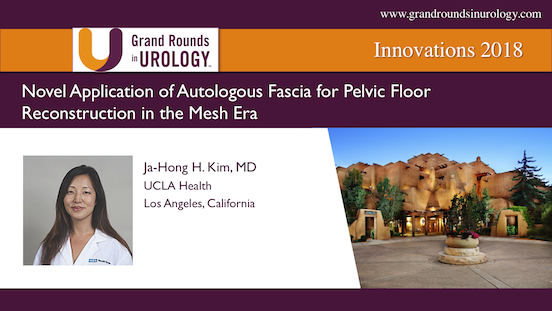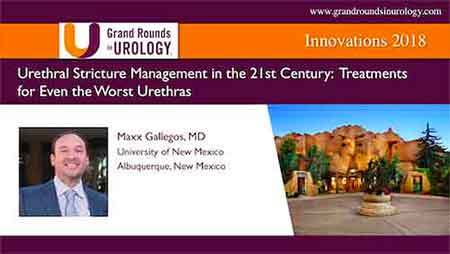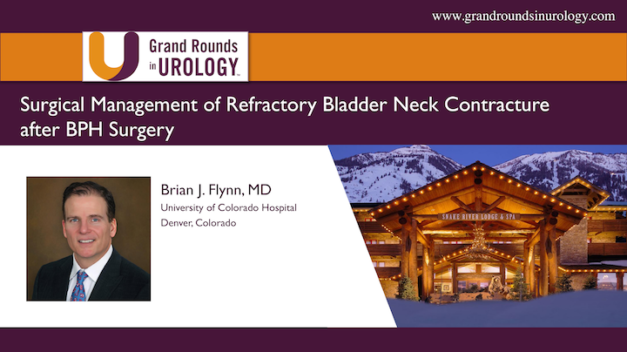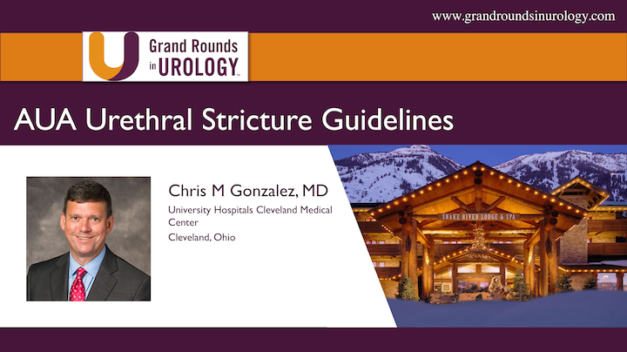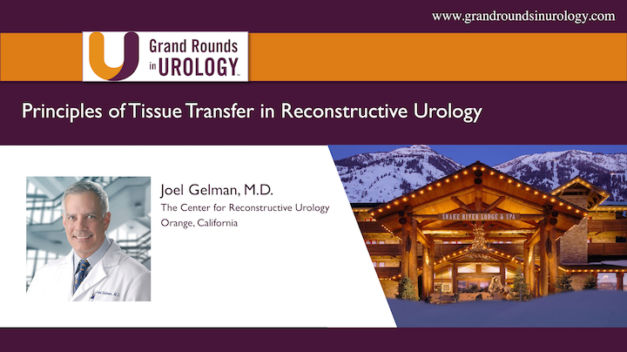Genital Reconstruction After Massive Tissue Loss
Maxx A. Gallegos, MD, Director of Reconstructive Urology at the University of New Mexico Health Sciences Center in Albuquerque, New Mexico, presents on genital reconstruction after patients have suffered massive tissue destruction. He addresses the epidemiology and etiology of genital tissue destruction, as well as the physiology of healing. Though rare, there are many possible ways a person can experience loss of genital skin, including burns, necrotizing fasciitis, lymphedema, self-mutilation, and sclerotic conditions. The incidence of necrotizing fasciitis is also rising, likely due to increased incidence of diabetes in the United States population. As primary intention healing is not a viable option in these severe cases, Dr. Gallegos recommends secondary intention techniques, such as grafts and fasciocutaneous flaps. Dr. Gallegos then presents several case studies, including four patients with Fournier’s gangrene, a patient with stab wounds, and a patient with lymphedema. He concludes by describing his postoperative process and how frequently patients should return for wound checks.
Read More
